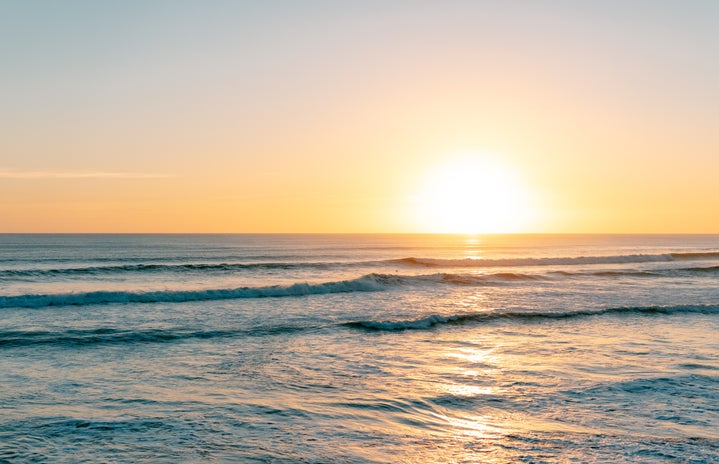Ladies and gentlemen it’s the season of change. First on the agenda is the farewell to daylight saving time and hello to standard time. That’s right, you heard it here folks, one of the most confusing times of the year is finally upon us.
I am sure we are all familiar with what standard time and daylight saving time is. For those who need some clarification or are unfamiliar with the concepts of these times let me break it down for you. There are two different time modes and they happen at different times of the year. On one hand we have standard time which is what were are currently experiencing now. Standard time happens during the fall and winter seasons or more specifically from the beginning of November to the middle of March. From the first Sunday in November to the second Saturday of March is when the sun sets later in the night and the sun rises earlier in the morning. On the other hand, there is daylight saving time which happens during the warmer months of the year. This motion of time begins on the second Sunday in March and ends on the first Sunday of November. In this motion of time, the sun sets earlier in the evening and the sun rises later in the morning.
Most people prefer daylight savings and I am one of those people. Now don’t get me wrong, I do fully enjoy the extra hour of sleep we receive from standard time. However, I don’t particularly enjoy the sun setting around five o’clock. Normally I would want to explore the pros and cons of each time, however, I’m more interested in the history of daylight saving time and standard time so let’s delve into it.
Daylight saving time was enforced by President Woodrow Wilson in the United States on March 31st,1918. President Wilson created the Standard Time Act on the assumption that having additional daylight would cut the cost of energy during WWI. This motion of time was also implemented as an effort to save an hour’s word of gas or oil. In the US there are currently nineteen states that are supporting the practice of daylight savings. The only two states who use standard time year round is Hawaii and Arizona. In more recent news there has been an on going debate on whether daylight savings should be used year round across the country. In 2022 this legislation was passed in a unanimous vote through the Senate, however, it was delayed in the House. I for one vote in favor of using daylight savings year round
Although the debate on daylight saving time vs. standard time is ongoing, it’s important to be aware of the changes that come with these times. Now that the time schedule has changed don’t forget to update your own personal schedule. Don’t allow the new time changes to get you off course of your goals. Stay ahead of the game and ahead of the time. See you next time!


